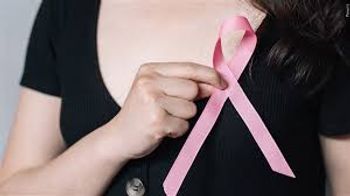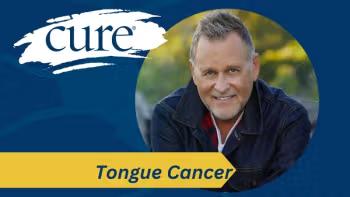
Summer Skin Care
“Summer finds many of us outdoors and during that time, it’s important to protect our skin from the dangerous rays of the sun,” writes one breast cancer survivor. Learn more about how to use sunscreen, protect your skin and avoid skin cancer.
I’d waited for months to flip the calendar to the month of May. We’d planned a wonderful summer vacation and I was looking forward to relaxing on the beach and swimming in the sea, but this year was going to be different. After recently losing a friend to skin cancer (melanoma), I’d become obsessive about my family and if it meant slathering everyone with gobs of creamy product, then I was going to be the sunscreen police on our trip.
In preparation for the big day, I went shopping. I needed to buy sunscreen. In the store, there were sprays, creams and balms – some waterproof, some water-resistant and some neither. The levels of protection ranged greatly from SPF 15 all the way up to 80+. As I tried to select the best product, the terminology confused me – UVA, UVB, SPF, broad spectrum. I felt like I needed a degree to decipher all the initials, so I bought nothing that day.
At home, I consulted “Dr. Google.” As I read, I discovered SPF stands for “Sun Protection Factor.” I also found there are two different kinds of rays that affect the skin –
I learned not all sunscreens protect against both UVA and UVB rays. Only broad-spectrum products do that.
Looking at the difference between SPF numbers I discovered
Since my friend Greg’s death, I learned excessive exposure to the sun and repeated cases of sunburn could lead to a dangerous form of skin cancer called melanoma. This type cancer can appear anywhere on the body but most often appears on exposed body parts like the back, arms, legs and face. Melanoma occurs when melanin-producing cells (melanocytes), the cells that give color to your skin, are damaged. Exposure to UV light doesn't cause all melanomas, but it can certainly put you at risk for developing one.
To reduce the risk of melanoma or other types of skin cancers, it’s important to avoid being out in the sun during the middle of the day. During that time, the sun’s rays are the strongest. It’s also important to wear sunscreen throughout the year, not just when it’s sunny. Even on cloudy days, ultraviolet rays come through and can damage the skin. Protective clothing can help, along with hats and polarized sunglasses.
Melanoma often
- Asymmetrical shape: Watch for moles that are shaped irregularly and may have two different looking halves.
- Border: Watch for moles with oddly shaped borders, especially notched or scalloped borders which are characteristics of melanomas.
- Color: Pay attention to the color of moles. If they are light with a dark center or vice versa, or if there are other color abnormalities, get them checked.
- Diameter: Pay particular attention to moles larger than a pencil eraser.
- Evolving: Moles that change size, shape or color over time should be checked. Also, watch for itchiness or bleeding.
My husband wasn’t too happy to have a thick coating of sunscreen on the tops of his ears, on the tip of his nose and on his forehead, but he knew I was serious about keeping all of us safe. Thankfully, through my policing efforts, none of us suffered sunburn while on vacation.
Our skin is the largest organ of our bodies and we must take care to protect it, especially during the hot summer months when many of us choose to be outside. There’s an old slogan for Olay, “Love the skin you’re in.” If we’re going to love the skin we’re in, we have to take good care of it. Otherwise, skin cancer might become an unwanted part of our future and no one wants that.
It only takes a few minutes to apply sunscreen, and with the convenience of many of the new spray on products, it’s easier than ever. And don’t forget to use sunscreen year-round. You don’t have to wait to be in the summer sun to use it.
For more news on cancer updates, research and education, don’t forget to




